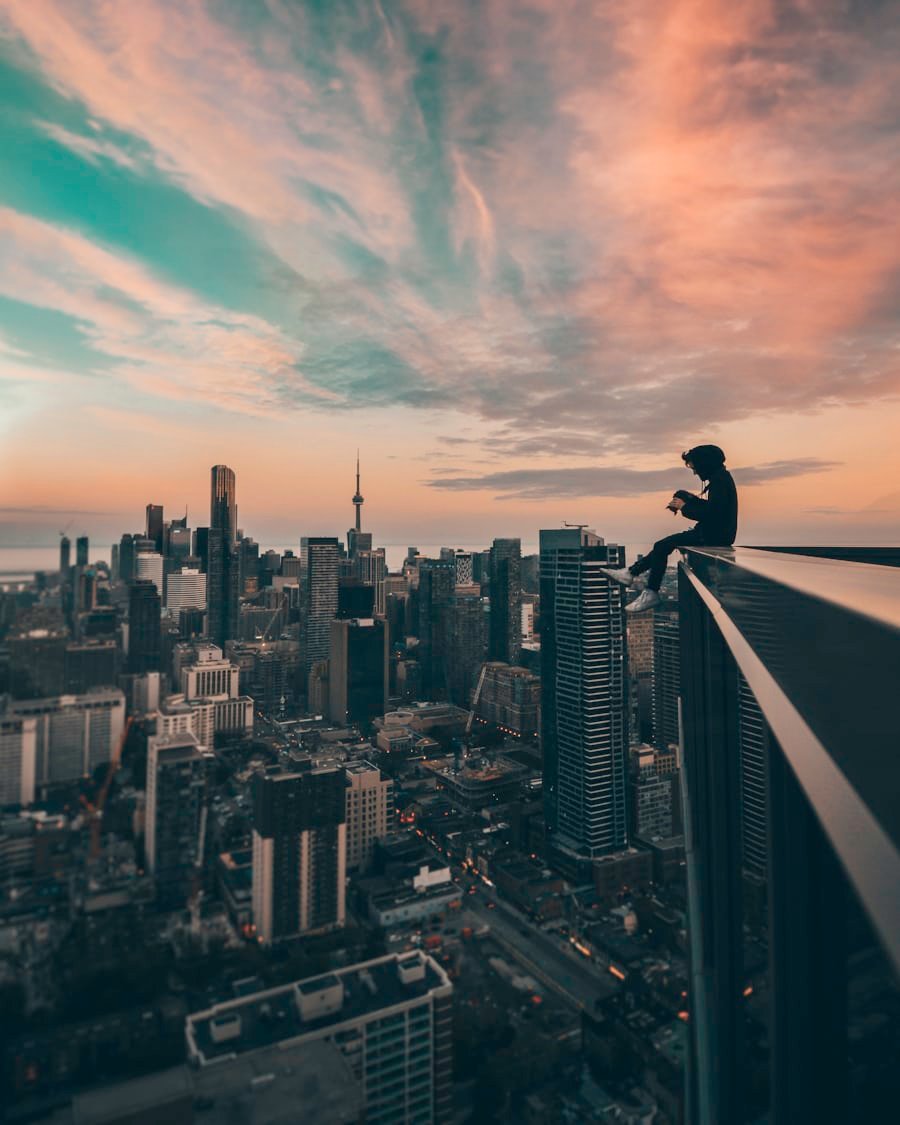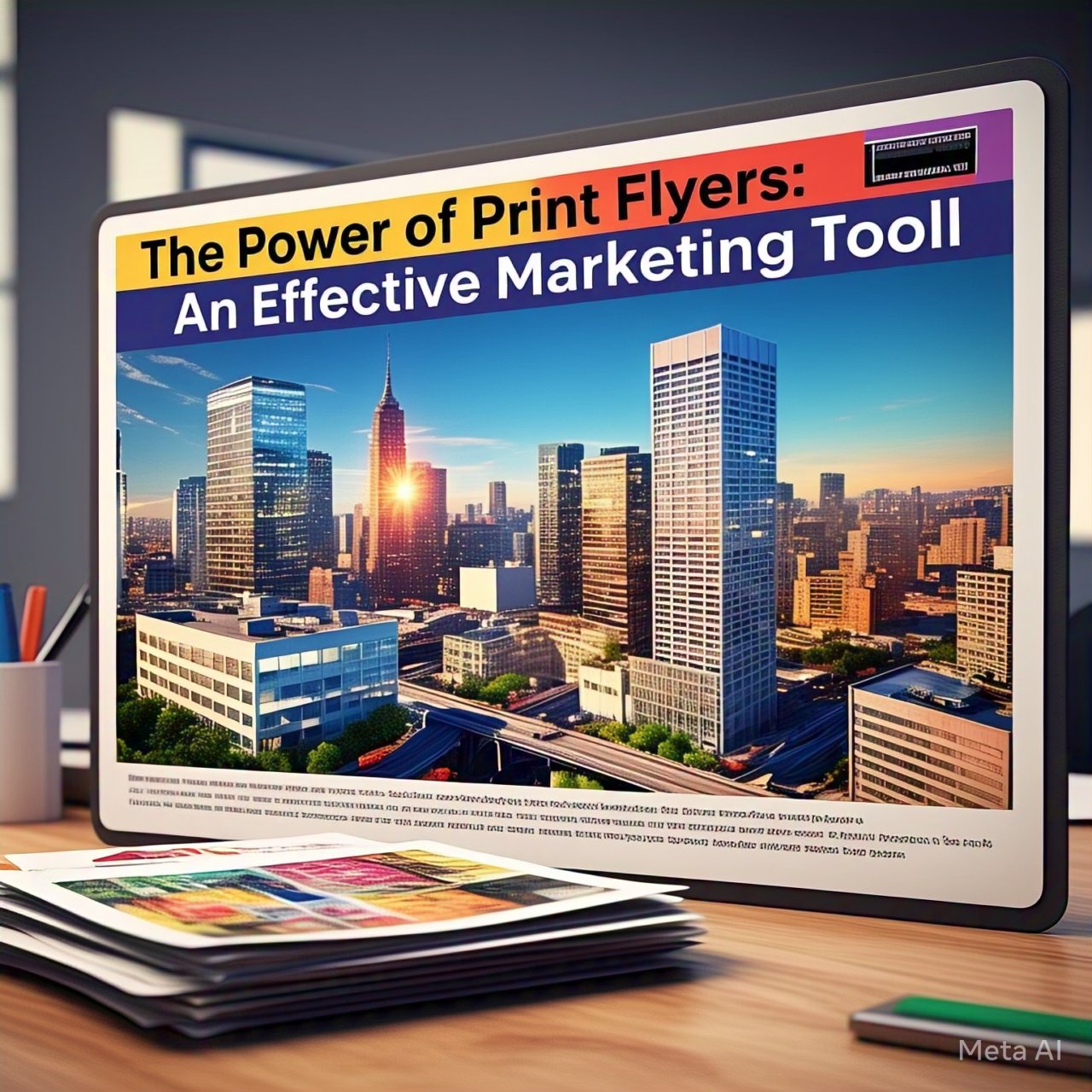Urban aesthetics encompass the visual and functional factors of town areas, appreciably impacting how we revel in and interact with our surroundings. One of the maximum influential factors in defining city aesthetics is the selection of materials used in creation and design. Materials now not most effectively contribute to the visual enchantment of urban landscapes however additionally affect durability, maintenance, and sustainability. This blog explores the profound effect that cloth selection has on city aesthetics and how considerate picks can decorate the visual and practical satisfaction of our towns.
The Role of Materials in Defining Urban Character
Historical Context
Historically, the choice of substances in urban design was driven by availability and practicality. Traditional materials like stone and brick were no longer only abundant but additionally reflected the cultural and ancient context of the time. For instance, using limestone in historical Egyptian architecture or brickwork in medieval European towns gave these places their extraordinary man or woman and undying attraction. These materials contributed to a cohesive urban cloth that spoke of history and the historical past.
Contemporary Trends
In contemporary urban environments, the selection of substances has developed to consist of a much wider range of options, driven by technological improvements and layout innovation. Materials which include concrete, glass, and metallic are distinguished in city landscapes, offering sleek, modern aesthetics that contrast with traditional designs. These substances allow for revolutionary architectural bureaucracy and systems, shaping the visual identification of cutting-edge towns.
Aesthetic Qualities of Different Materials
Natural Materials
Natural substances like stone and wood have an inherent allure that can imbue city spaces with warmth and person. Stone, with its durability and timelessness, is often utilized in public squares and historical buildings to evoke a sense of permanence and culture. Wood, even as much less unusual in high-density urban regions, can upload a hint of nature and heat to spaces through its herbal textures and tones.
Manufactured Materials
Manufactured substances which include concrete, glass, and metal have ended up staples in modern urban layouts. Concrete offers versatility and sturdiness, making it a famous preference for both structural and aesthetic purposes. Glass presents transparency and lightness, allowing for the advent of open, airy areas that decorate city connectivity. Metal, especially Galvanized Steel Sheets, offers strength and a graceful, commercial appearance that complements modern designs.
Sustainable Materials
With growing environmental consciousness, sustainable materials have gained prominence in urban design. Recycled substances and green alternatives no longer only make contributions to reducing environmental impact but also provide unique aesthetic opportunities. These materials regularly feature progressive designs and finishes that could upload a distinct man or woman to city spaces at the same time as supporting sustainability desires.
Case Studies of Material Impact
Successful Examples
Urban projects frequently exhibit the transformative energy of cloth choice. For example, New York City’s High Line is a high instance of how using recycled materials and inexperienced design ideas can revitalize an abandoned business website right into a colorful city park. The cautious choice of substances for this task not only enhanced the visual attraction of the distance but also contributed to its capability and sustainability.
In Barcelona, the Eixample district illustrates the impact of substances on urban men and women. The use of traditional Catalan substances and architectural patterns in this region creates cohesive and visually captivating city surroundings that reflect the town’s cultural heritage.
Challenging Examples
Not all fabric alternatives lead to tremendous effects. In a few cases, the selection of substances can negatively affect the visual harmony of city spaces. Projects that use substances inconsistent with their surroundings or fail to remember long-term upkeep can detract from the overall aesthetic appeal of a metropolis. For example, the use of overly reflective glass in ancient districts can conflict with traditional architectural factors, disrupting the visible concord of the location.
Material Durability and Maintenance
Impact on Aesthetics Over Time
The durability of substances performs an essential role in retaining city aesthetics over time. Materials that age well and require minimal renovation can help preserve the visual fine of urban areas. For example, weather-resistant materials are perfect for city environments wherein exposure to the elements can affect aesthetics. These substances not only preserve their look but also contribute to the sturdiness of the systems they guide.
Maintenance Challenges
Material maintenance is another crucial aspect of urban aesthetics. Some substances, which include certain sorts of timber or untreated metals, may also require frequent upkeep to keep their appearance. The preference of substances must, therefore, recollect now not handiest their preliminary aesthetic impact but additionally their long-time period maintenance desires. Effective FF&E can assist make sure that materials are decided on primarily based on their durability and ease of maintenance, contributing to the sustained visual appeal of urban environments.
Integration of Materials with Urban Design Principles
Harmony with Surroundings
The integration of substances with current city cloth is crucial for creating cohesive and visually appealing spaces. Materials should complement the encompassing architecture and concrete context, enhancing rather than overshadowing current features. This method enables to creation of a feel of concord and continuity within urban environments, making new traits experience like an herbal extension of the present panorama.
Innovative Uses
Innovative packages of materials can beautify city aesthetics by way of introducing new textures, colors, and bureaucracy. For instance, creative makes use of glass and metallic can add dynamic visible factors to homes and public spaces, whilst sustainable materials can contribute to modern, green designs. Architectural Project Management Services play a critical position in ensuring that these modern cloth uses are effectively incorporated into city projects, balancing aesthetic enchantment with functionality.
Environmental and Social Considerations
Sustainability and Aesthetics
Balancing aesthetic appeal with environmental impact is a developing situation in urban design. Sustainable substances that provide visible and environmental advantages are an increasing number of popular. The integration of eco-friendly substances into urban layout now not best helps sustainability goals but also complements the visual and purposeful pleasant of urban spaces.
Community Perception
Material selections can also influence how neighborhood communities perceive and engage with urban areas. Well-chosen substances that mirror network values and alternatives can decorate the feel of identity and pride in a neighborhood. Conversely, substances that don’t align with neighborhood aesthetics or cultural contexts can result in a disconnect between urban tendencies and their communities.
Future Trends in Material Selection
Technological Advancements
Emerging materials and technology are poised to influence city aesthetics in the future. Innovations which include smart materials that reply to environmental adjustments and advanced production techniques offer new possibilities for reinforcing city layout. These improvements promise to form the visual and purposeful elements of cities, creating dynamic and adaptable urban environments.
Design Innovations
Future trends in fabric selection will likely encompass a greater emphasis on integrating aesthetics with functionality and sustainability. As city layout continues to conform, substances will play a critical position in shaping the character and quality of our towns. The ongoing exploration of innovative substances and layout procedures will force the next generation of city aesthetics.
Conclusion
Material choice is a fundamental aspect of urban layout that notably influences the visual and useful first-rate of city areas. From historic impacts to cutting-edge tendencies, the selection of substances shapes the person and appeal of urban environments. By considering factors that include durability, protection, and sustainability, designers and architects can create cohesive and engaging urban areas that replicate aesthetic values and realistic wishes. As we appear to destiny, the continued exploration of innovative substances and design methods may be vital for reinforcing city aesthetics and fostering colorful, sustainable cities.











